An interesting little book was published 190 years ago. It tells the story of the journey of two wealthy Hungarian magnates to England. However, the book is not a travelogue in the classical sense, since the two gentlemen actually worked, and this book is a report on that work.
The fact that the task was carried out for a - in today's terms - NGO, which was to assess the attitude of English specialists to a bridge to be built between Pest and Buda, detracts little from the value of the work.
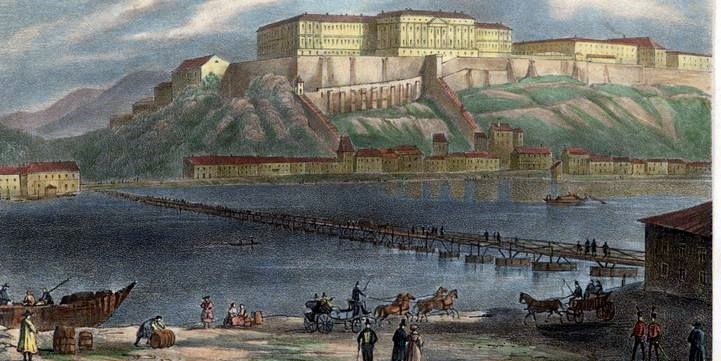
At the time of the Bridge Report, a pontoon bridge ensured the connection between Pest and Buda (Source: FSZEK Budapest Collection)
The given book was the "Gróf Andrásy György és gróf Széchenyi István a Budapesti Hid-egyesülethez irányzott jelentése, midőn külföldrül visszatérének" [Report of Count György Andrásy and Count István Széchenyi to the Budapest Bridge Association, upon their return from abroad], which became known as the "Hídjelentés" [Bridge Report] and was published for the first time on 29 March 1833, only 100 in Hungarian and 100 German copies. (Recently reissued in a reprint edition.)
The Hídegylet [Bridge Society] was founded in 1832 by István Széchenyi to take up the cause of the permanent bridge that had been standing still for almost 50 years and to give some organised form to the preparatory work. There were so many plans, ideas, and suggestions that the Danube could have been blocked, but none of them answered the most important questions. What were these?
On the one hand, is it technically possible to build a bridge between Pest and Buda? The question was not trivial, no one had built a bridge on such a large, deep, sandy bottom, ice-flowing river. On the other hand, who will pay the costs of building the bridge if the state doesn't want to or can't? Thirdly, how can the necessary political support be secured from both the government and Pest and Buda, who had the right of passage?
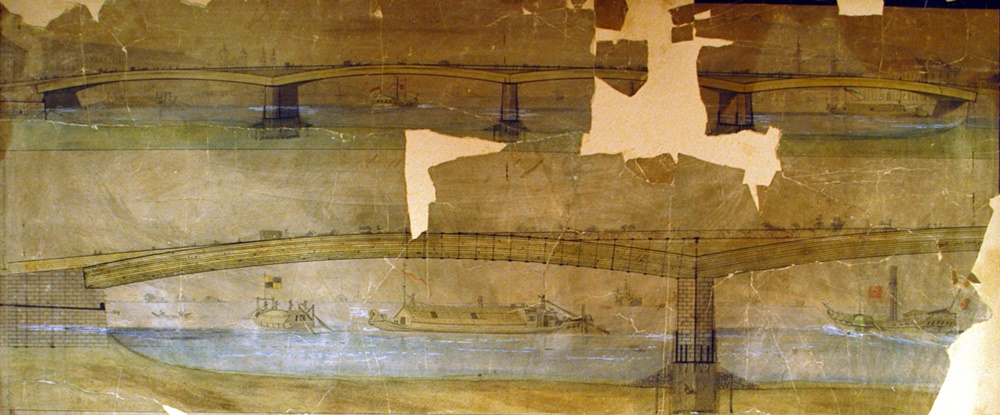
Bridge plan by József Campmiller, an engineer born in Linz, in 1819 (Source: MMKM Image Collection, No.: 8014)
The two counts set out to gather experience, not only to find out the technical but also the financial and operating methods common in other countries, primarily in England, as well as to assess the technical construction of the bridge. The two counts spent three months travelling in the fall of 1832, primarily, as mentioned, they visited England, but they talked with the American consul there, who was himself an engineer, but they also studied French bridges.
After their return home, István Széchenyi put down this short book - in the modern, 2022 edition, only 70 pages long - which marked a turning point in the history of the permanent bridge between Pest and Buda and somewhere in the history of Budapest and the country.
The two counts left for England in August 1832 and did not return home until November. In England, they looked at several bridges and talked to a lot of experts, based on a set of questions written in advance. They approached the most prestigious bridge builder of the era, Thomas Telford, who built the largest suspension bridge at the time and several other engineers, also engineer F. B. Odgen, the American consul in Liverpool, who gave them information about the American bridges. They also spoke with William Tierney Clark.
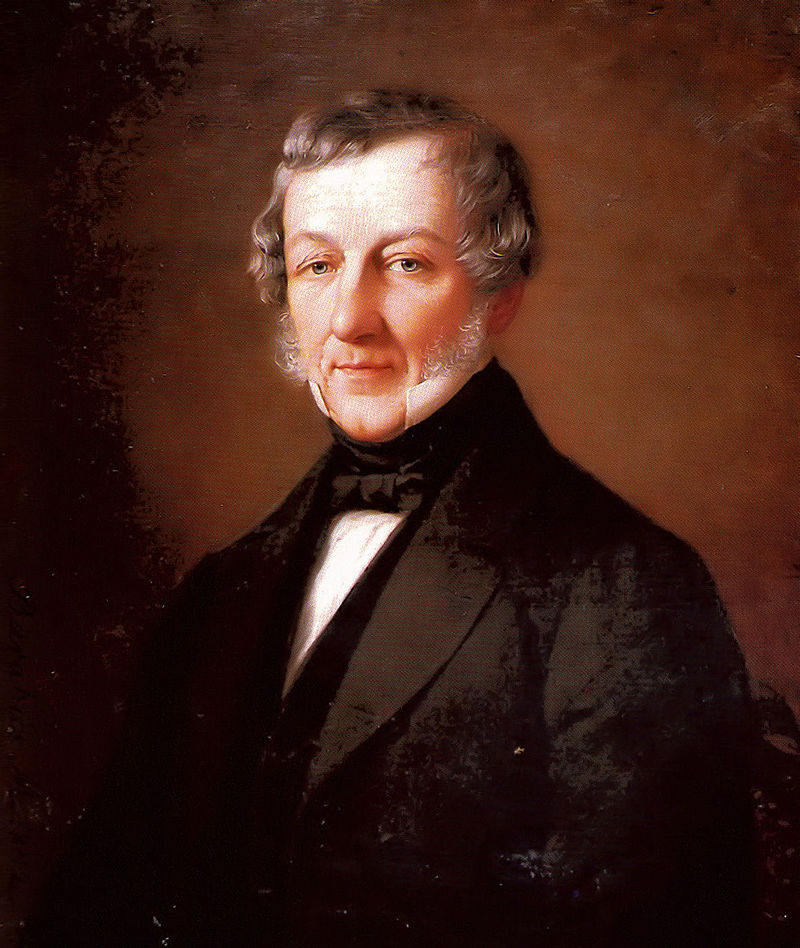
William Tierney Clark saw the opportunity of his life in the visit of the two Hungarian counts (painting by Miklós Barabás)
The English engineers were not really enthusiastic, they saw a lot of problems in the section of the Danube between Pest and Buda, although everyone agreed on one important point, a well-built structure is not threatened by ice, and if the bridge is not built in the narrowest part of the river, nor does it increase the risk of flooding. Ogden - who proposed a wooden bridge with stone pylons - had the following opinion:
"Our American rivers are probably more exposed to ice dams and large floods than the Danube itself; and experience has shown that it is possible to build such columns in their bed with all the necessary resources, which triumph over all the waves and fury of the ice dams, although due to their small thickness, they do not hold the ice in anything, and thus do not cause any major flooding."
There was only one engineer who firmly stated that a bridge could be built and was even willing to design it, and that engineer was none other than William Tierney Clark. Széchenyi practically already decided then that he would design the future bridge with Clark. Even though Széchenyi decided in favour of Clark, who clearly proposed a chain bridge, the bridge report itself only outlines possibilities, presents the advantages and disadvantages of each bridge structure, as well as the different ways of building and maintaining the bridge, raising the possibility of construction in a kind of private enterprise:
"But even if we assume that the parliament passed a law, which for certain years, according to a fixed and no longer changing tariff, forces everyone to pay customs duty, who would use the Budapest bridge to be built, — and the parliament also empowered by the spirit of this law some company that they take under their guardianship and protection - even if we assume this, can we believe that victory is already certain? — not at all, Respected Association! because the privileged company must also issue 20,000 shares, i.e., obtain 2 million forints."
That is, István Széchenyi was already thinking about equal customs payments and a joint-stock company endowed with privileges, which could build and maintain the bridge. Of course, typical of Széchenyi's thoroughness, he also examined other possibilities, for example, the possibility of issuing a kind of national bond. However, the report also stated that the construction of the bridge is not primarily a financial or technical issue, but, as the report puts it:
"in our opinion, the construction of a bridge in Budapest would be a profit not so much from a mechanical point of view as from a moral point of view."
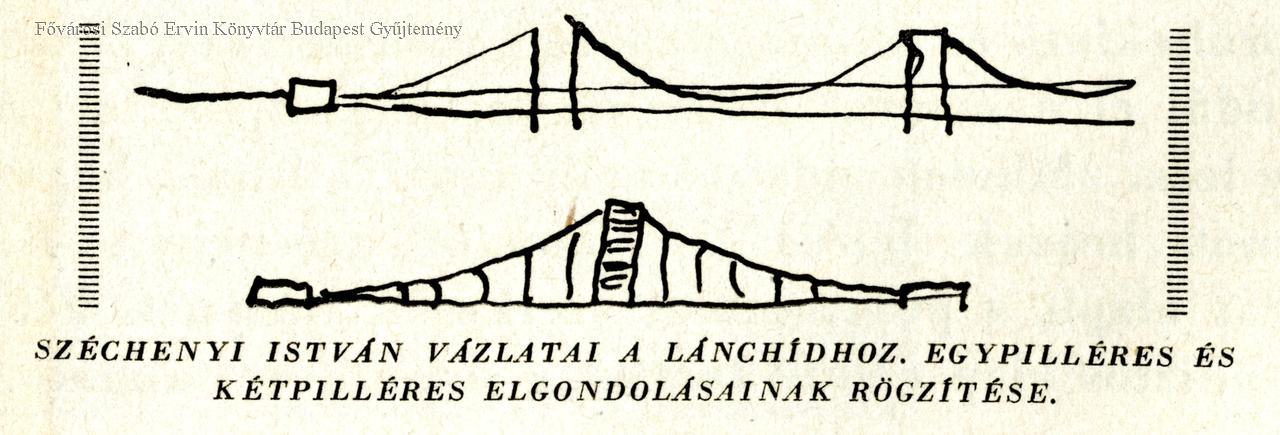
Széchenyi's bridge sketches (Source: FSZEK Budapest Collection)
Why did a short booklet published in a few hundred copies within an NGO have such an impact? Because he demonstrated that the bridge can be built from both a technical and financial point of view, is sustainable, and serves not only more convenient transportation between the two cities but also the rise of the entire country.
At that time, in 1832-1833, the task seemed almost impossible, the obstacles stood like walls in front of the bridge, but despite this, construction began 6 years after the publication of the book, and 16 years later, the largest and most modern suspension bridge in the world at the time, the Chain Bridge. The miraculous result is made even more significant by the fact that due to the law necessary for the investment, the principle of the nobility's tax exemption, which had not been touched until then, was uprooted, and new forms of economic enterprise had to be created, all of which had to be registered in law, and also accepted by the conservative Viennese government, which fundamentally abhorred any change. Finally, here is the comment of Counts Andrássy and Széchenyi from the Bridge Report, according to which:
"[they do not recommend] such a bridge, which doesn't exist anywhere yet, because it could easily happen that during experiments both time and money would be wasted, and the 'unsuccessful' test would push the desire to produce, or rather the "creative spirit" back centuries, which the nation's most beautiful ornament."
In comparison, nothing similar in size and location had been built before the Chain Bridge.
Cover photo: An early depiction of the Chain Bridge (Source: FSZEK Budapest Collection)

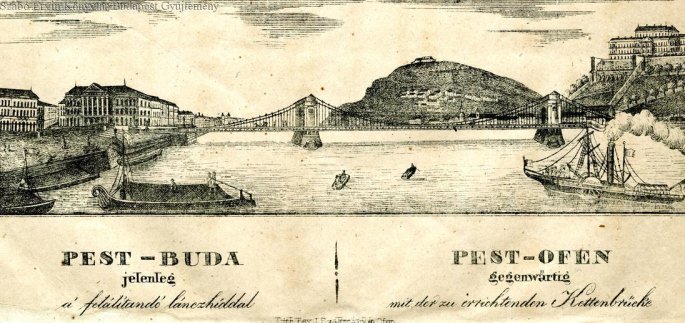
































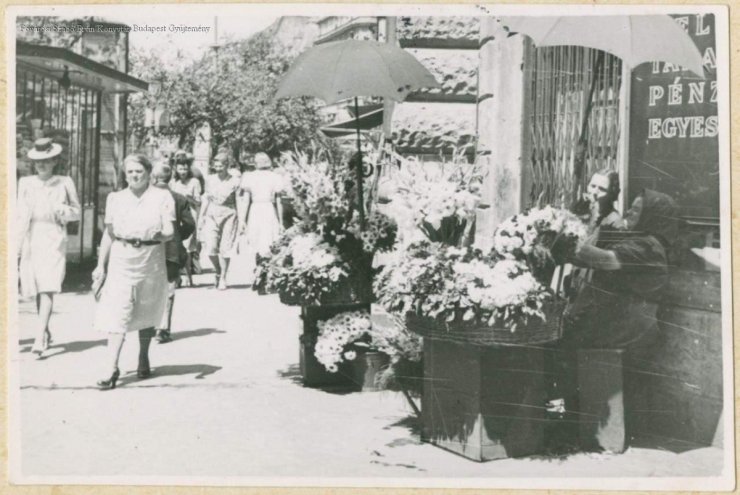
Hozzászólások
Log in or register to comment!
Login Registration